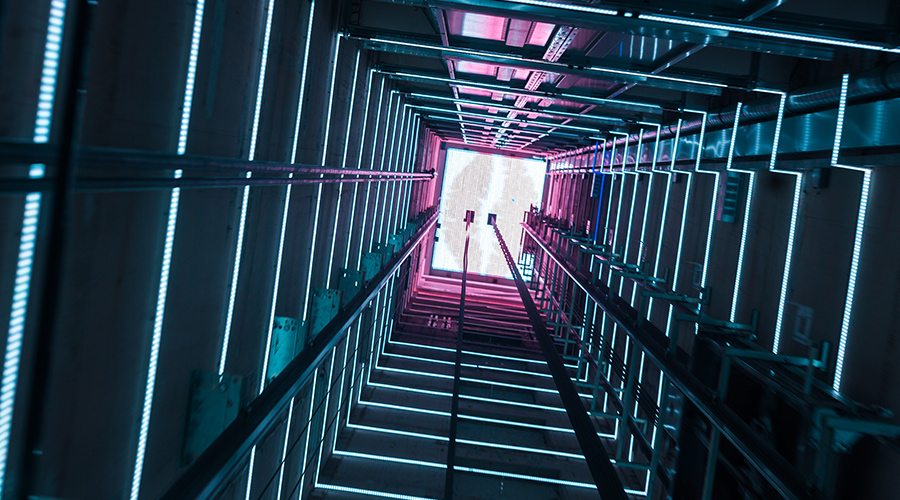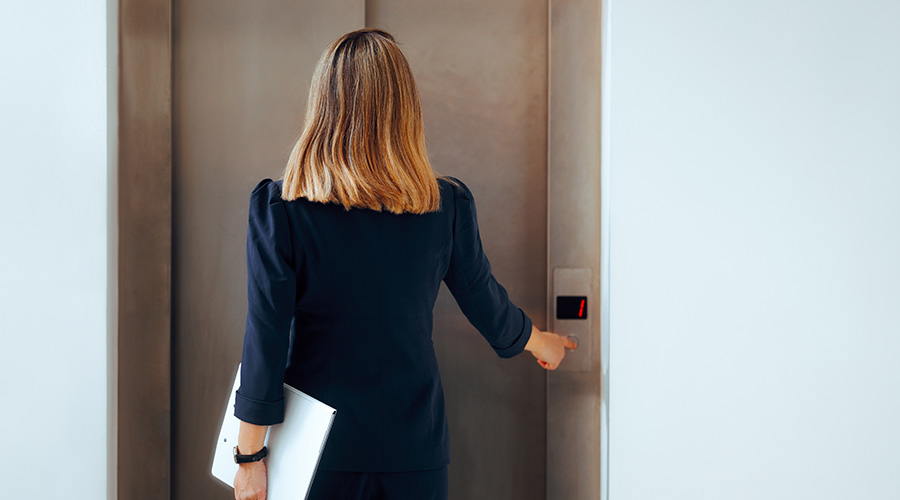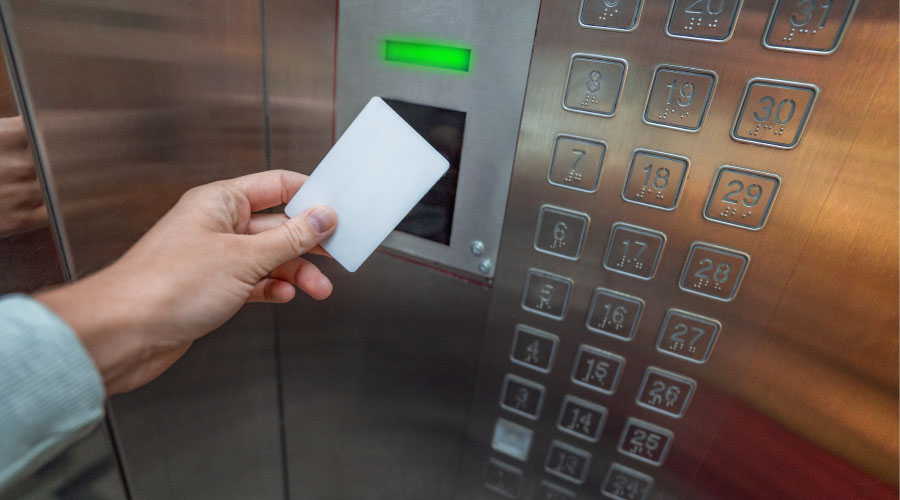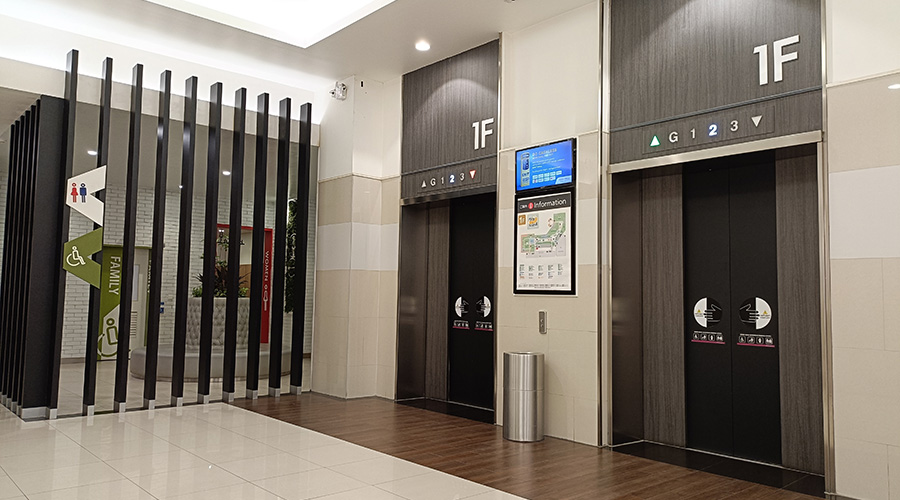Preventive Maintenance For Elevators Must Include Motor, Brakes, Drive
Elevators are remarkably sophisticated systems and contain many other parts that require routine maintenance to ensure safe, smooth and uninterrupted rides for passengers. These components are classified by their locations, including in the elevator car, in the hoistway, or in the machine room. Common preventive maintenance should include examination of all moving parts to determine appropriate adjustments and lubrication. Machinery to be inspected includes the governor — a pulley that rotates when the elevator is in motion — the motor and its bearings, brushes, and the machine brake system. Drive sheaves and hoist cables also should be routinely inspected for deterioration.
Examination of hoistway equipment located in the elevator shaft also should be part of every maintenance inspection. The hoistway contains guide rails on which the elevator car and counterweight run, corridor doors, hangers, and operating mechanisms and switches for additional operating equipment and safety devices. The tension of hoist cables requires regular inspection and is a vital component of ensuring the elevator system is safe for passengers. Roller guide wheels and assemblies should be adjusted or replaced depending on their conditions. Maintenance of these components will be conducted inside the hoistway and outside of the elevator car. The pit located at the bottom of the hoistway should also be examined as it houses cable pulley and tensioning devices, counterweight buffers, and limit switches. Other routine maintenance items should be clearly stated in an elevator maintenance contract.
It should be expected that a majority of the routine maintenance of a vertical transportation system will be conducted in the machine room, if applicable. Elevator hoisting machines, control equipment, and motor generators are all typically contained in a machine room. Routine maintenance will include servicing the system's motors, switches, generators, brakes, controls, and contacts.
Is Modernization Needed?
The lack of effective preventive maintenance could potentially lead to premature modernization. When elevator shutdowns become unacceptable for a building's owner or its tenants, substantial costly repairs or a complete modernization may be required. There are a variety of reasons to modernize an elevator, but a lack of preventive maintenance should not be one of them.
Modernizing an elevator system is a significant capital expenditure as well as a major undertaking that is laden with complexities that also affect HVAC, electrical, and fire and life safety systems. A few of the issues to be considered when contemplating a modernization include complying with current codes that may not have been applicable prior to a modernization, determining the appropriate scope of work, including equipment replacement or reconditioning, and bidding and negotiating a modernization contract.
Related Topics:













